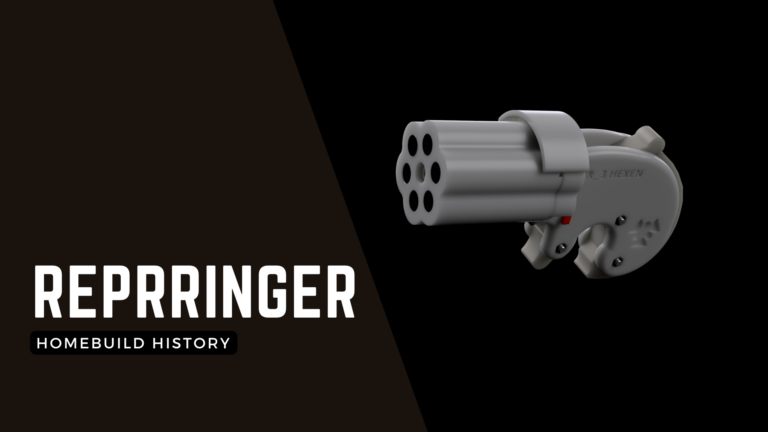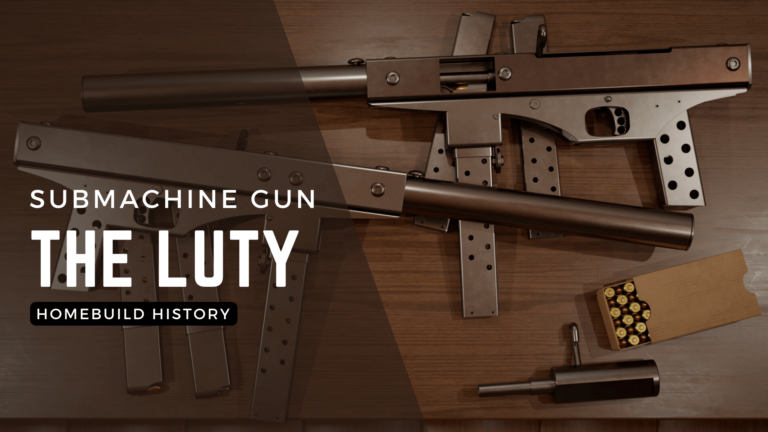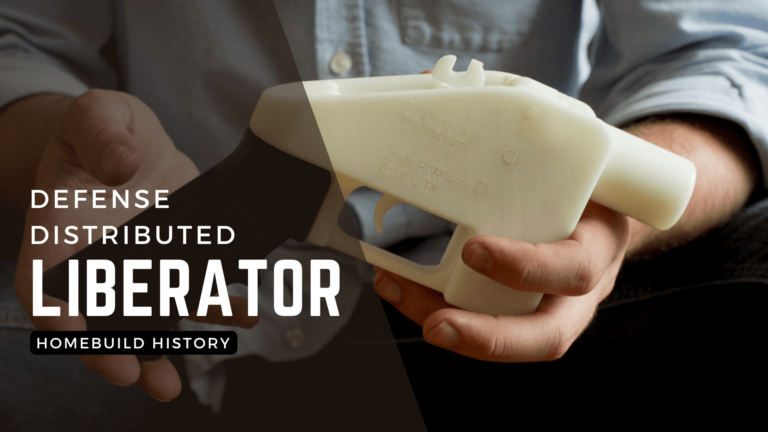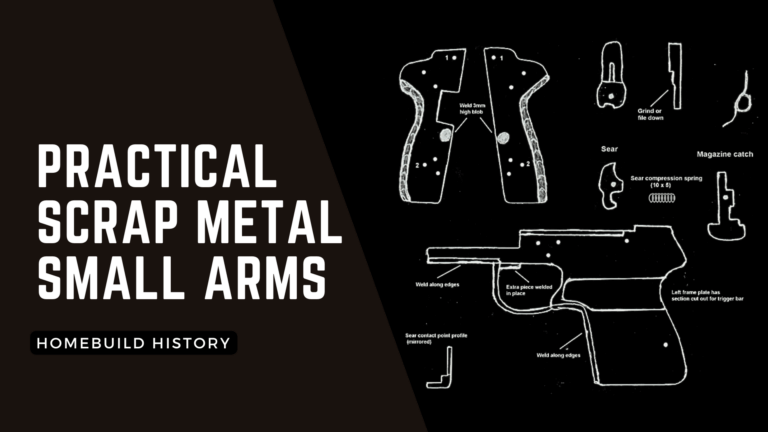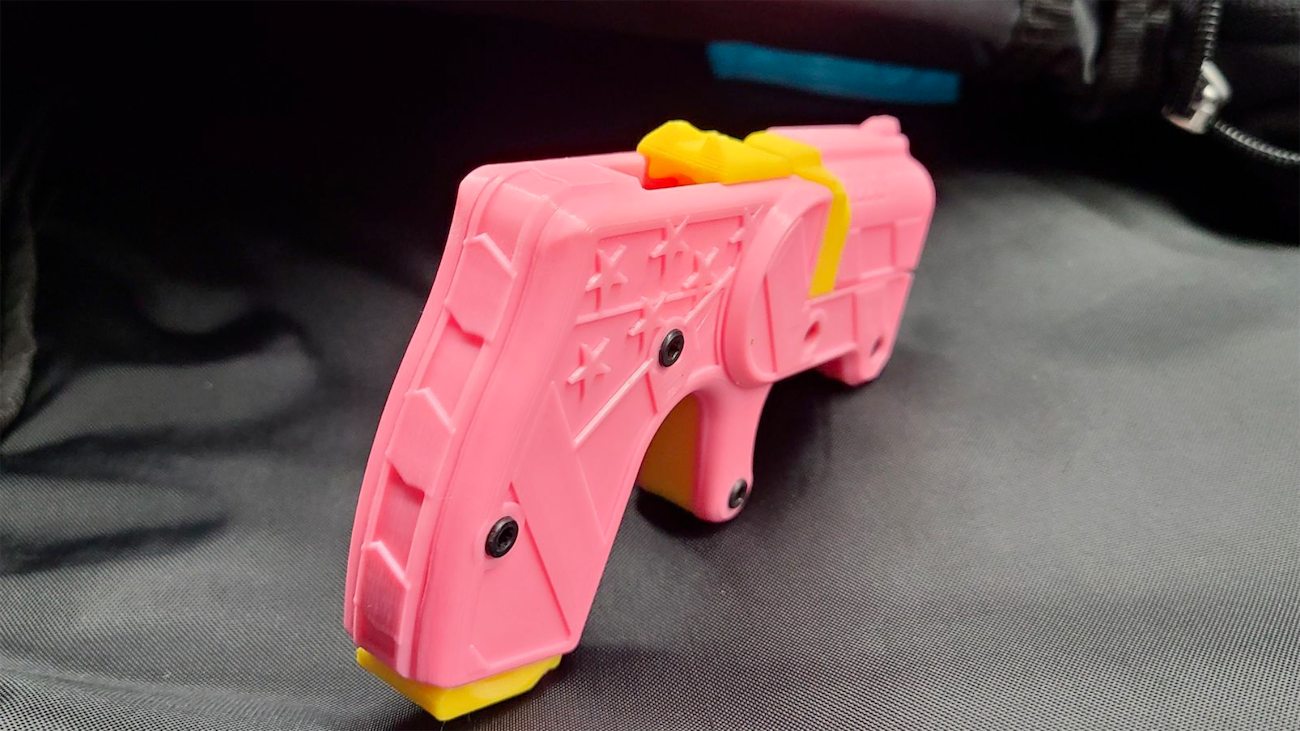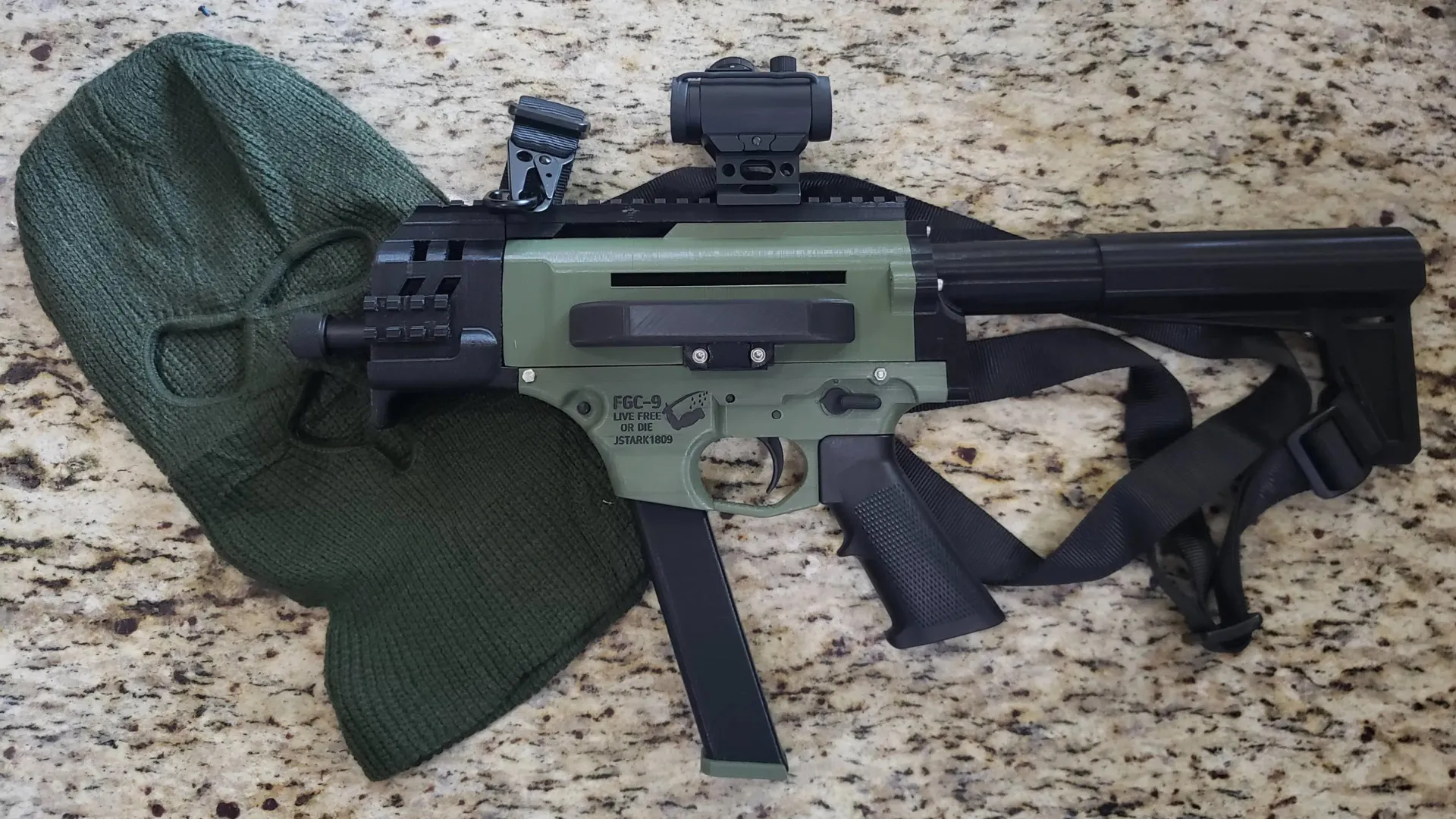Welcome to Homebuild History, a new segment on 3D Gun Builder’s website where we focus on the history of some of the most iconic homebuilt firearms, their contributions to the world, and most importantly, how YOU AT HOME can get your hands on these classic arms and armaments!
What’s the Story?
This week, we’re not going over a specific design. There are WAY too many variations and interpretations of the concept to cover in a single article. Down the line, we might do Homebuild History articles for notable examples, but this week, we’re going over the general history of the 3D printed AR-15. As well as the receiver variants, we’ll also go over the various parts and accessories people have come up with over the years.
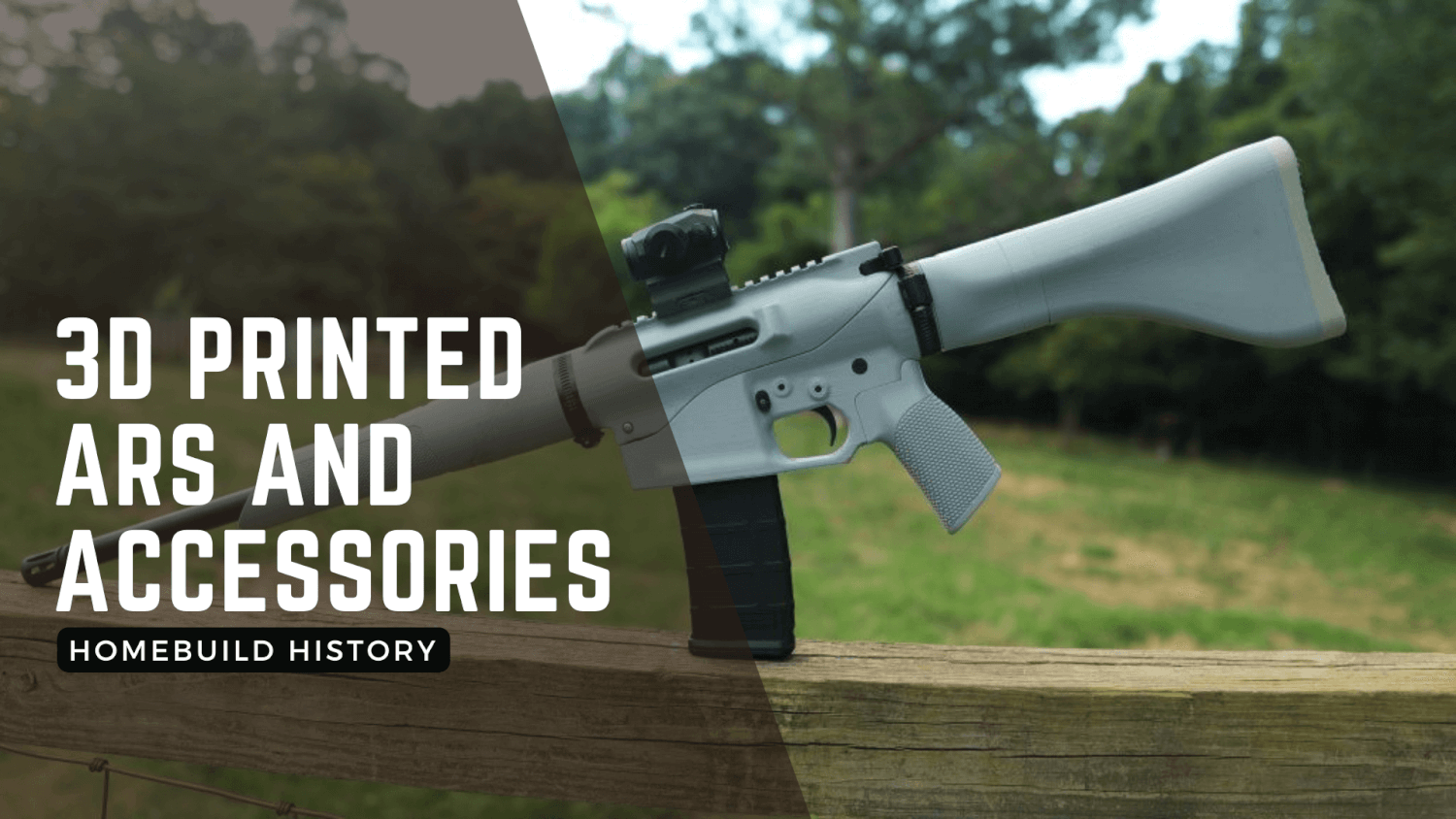
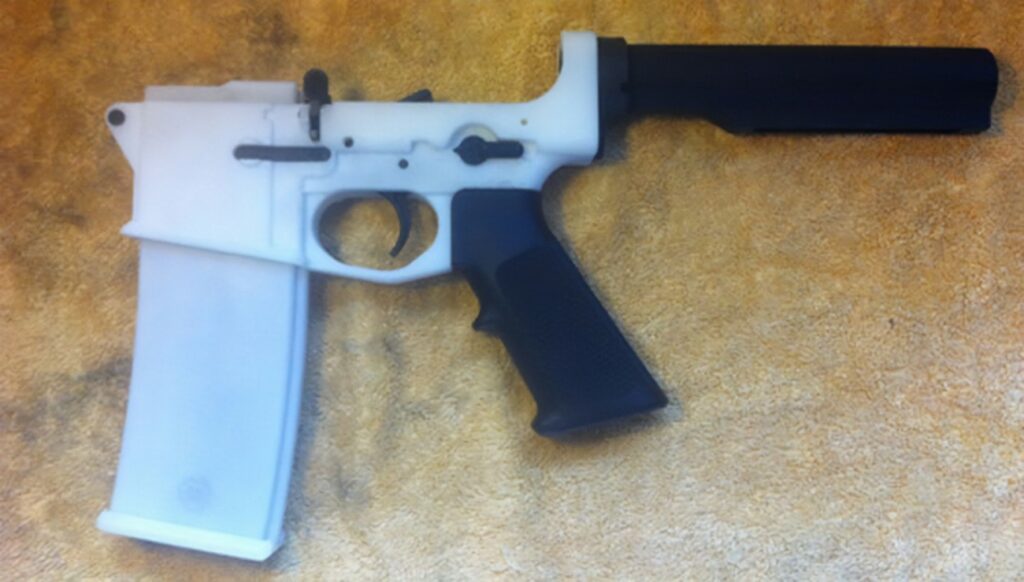
Selective Mutation
The AR-15. Probably the most iconic weapon in American history. No rifle in America has been made in such numbers and with as many variations as Eugene Stoner’s little gun that could. Cheap ARs, pricy ARs, military ARs, civilian ARs… even bizarre ARs. It was inevitable that it would become 3D-printed.
Defense Distributed were right off the bat with their v5 lower. Tested to several hundred rounds, It was nothing special, but it proved the concept and got designers thinking. Within months the initial DEFCAD developers had already started working on several variants, mostly the work of the pseudonymous Warfairy.
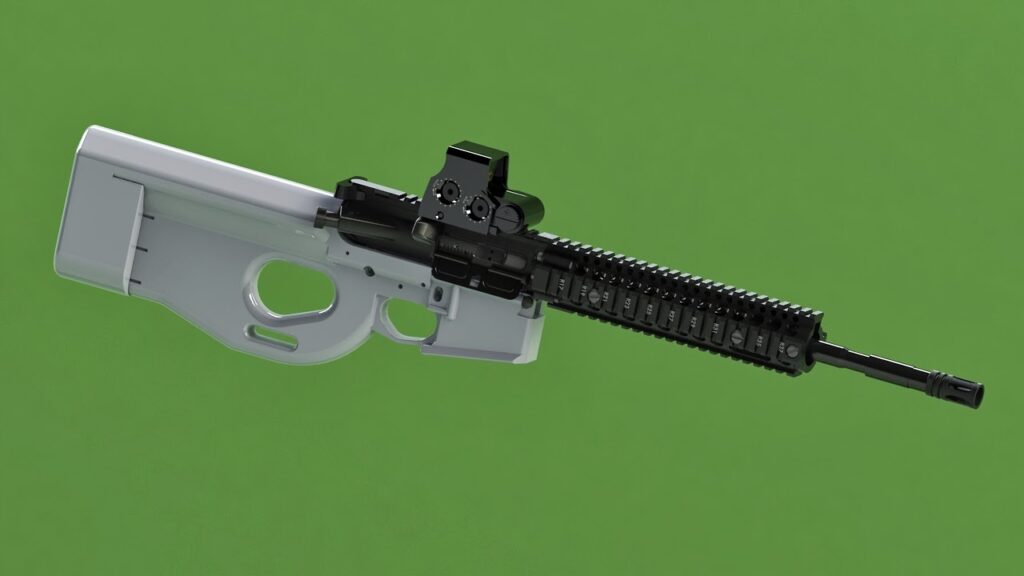
Warfairy’s work on early AR-15 designs included the P-15 integrated buttstock and grip, the Hanuman bullpup (limited to bufferless or .22LR uppers), and of course, the Charon. The iconic attempt to merge a P90 with an AR-15 became one of the most prominent early AR designs, though surprisingly a developmental dead end.
Early development of the Shuty line by famed firearms designer Darren “Derwood” Booth focused on the use of modified printed AR lowers before focusing on more customized designs. Later guns in the series, including the MOD9, KC9, and RTT9 still share an unmistakable resemblance.
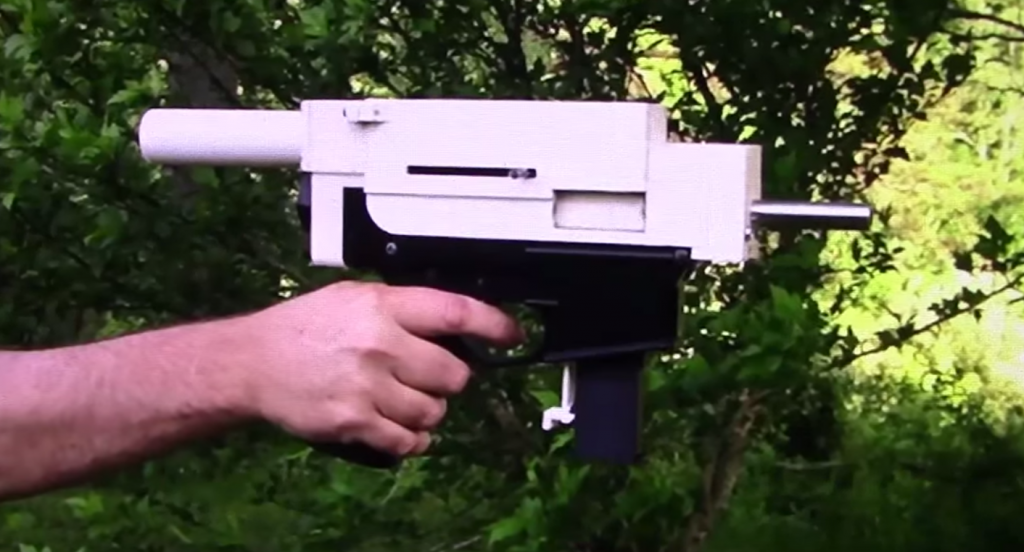
Printed ARs had a number of problems. The receivers themselves were prone to cracking and stress damage, due both to early filaments and minimal understanding in how to reinforce them. Development still continued, with Warfairy making even more AR-15 derivatives. He even made an AR-10 lower, the Nephilim.
When Warfairy left the community, and as the Shuty design became less AR-derived, development slowed down on AR improvements. Most developers shifted to working on pistols or Glock-derived PCCs. Some work continued on .22LR designs, as well as 9mm models. It would be 2020 when the next big improvement came out.
Iron Within, Iron Without
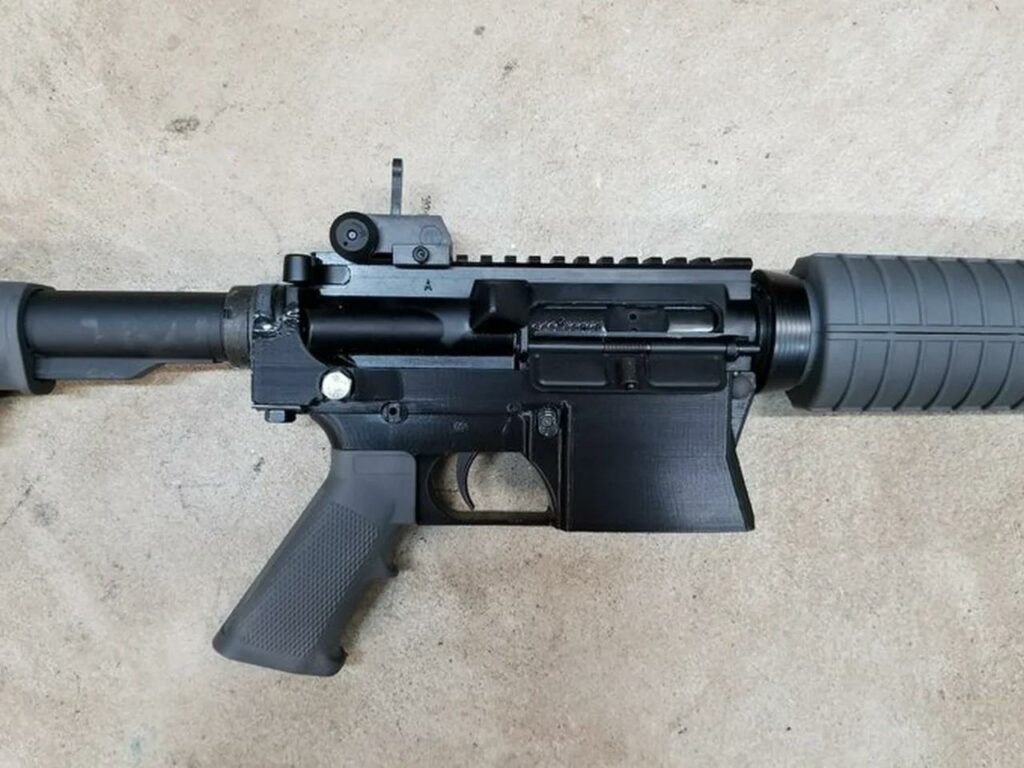
IvanTheTroll’s U-Bolt Vanguard lower, made over half a decade after the original designs, was designed to survive thousands of rounds of testing. Build extra thick, it wouldn’t crack. A U-bolt helped reinforce the buffer tower, the point where fatigue and wear destroyed most printed lowers.
A flared mag well was a holdover from the earlier Vanguard design Ivan had made, for ease of mag swapping. The U-Bolt integration became common on many early 2020s designs and beyond. 2020 was the year of the AR renaissance, and development on printed AR-15s skyrocketed at the start of the decade.
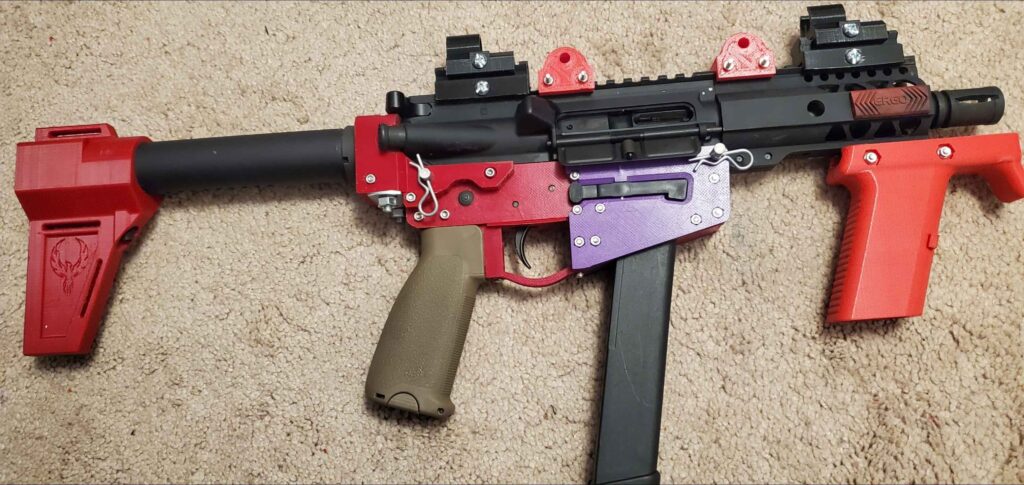
Spookyspectre’s Firebolt design and its successors took the UBAR design of the last Vanguard to its logical conclusion. By printing AR receiver parts and screwing them together, a more modular AR design was made. As seen above, variant pins, and sometimes bolts, were being used to secure AR uppers to printed lowers.
The aftermath of durable printed AR designs coming to market meant AR accessories would join them. Some of note include the Moms Demand Full Auto Swift link, the CSGCG fully printed fire control group, and the waffle magazine. At this point, practically everything in the AR, barring barrel and bolt, could be printed.
Bigger is Better
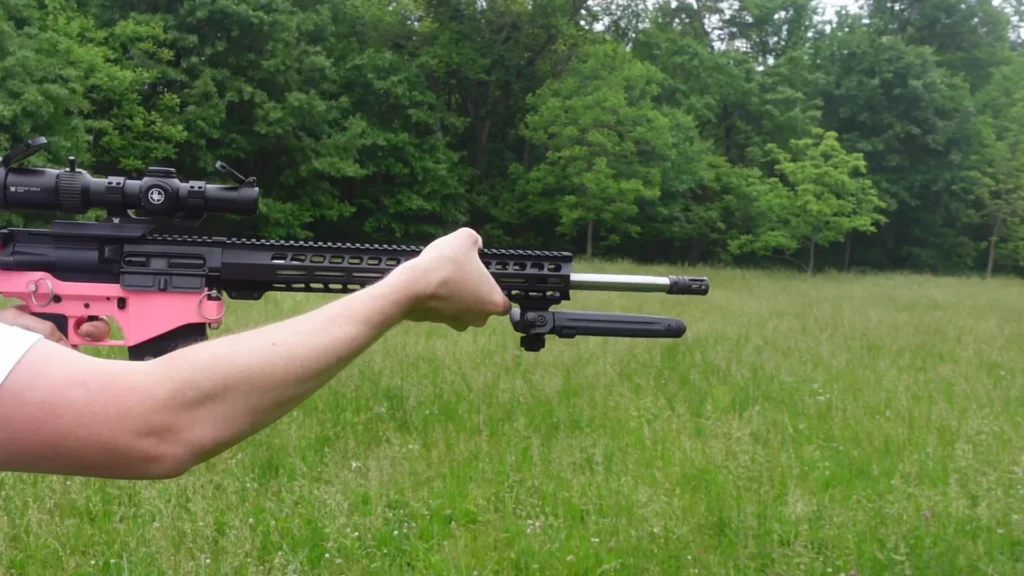
Ivan had taken the Vanguard design to its extremes and scaled it to the LR-308 pattern of AR-10, creating the BUBAR. An entire new world opened up as battle rifles became available to build. Into the limelight stepped another wave of designers, working around AR parts, uppers, and lowers.
Out of the many who experimented with AR designs, Hoffman Tactical is probably the most notable of the myriad of current AR devs. His SL-15 lower, using hose clamps to reinforce the buffer tower, was on par with if not superior to the Vanguard. His greatest triumph, however, was yet to come.
A Whale of a Good Time
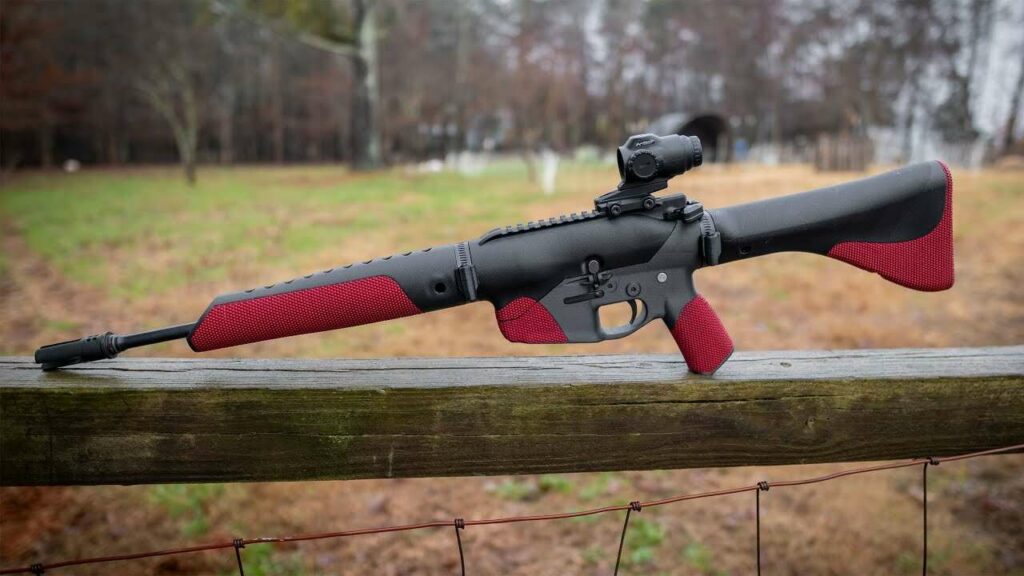
The Hoffman Orca is, as of this article, the ultimate in 3D printed AR-15s. The design features an integrated stock, grip, and lower receiver,and even includes a printed upper receiver too. While not the first printed upper design, the Orca’s is unique in its effectiveness and durability, capable of shooting as well as any factory AR.
There are countless flavors of ARs to choose from. Want to build a Western-style AR? Try Vinh Nguyen‘s STAR-15. Want something like the Firebolt? Anderson Firearms has several modular designs. Want an interesting budget gun? Maybe mix a Warfairy P-15 with a Polyplinker .22LR upper. The sky really is the limit.
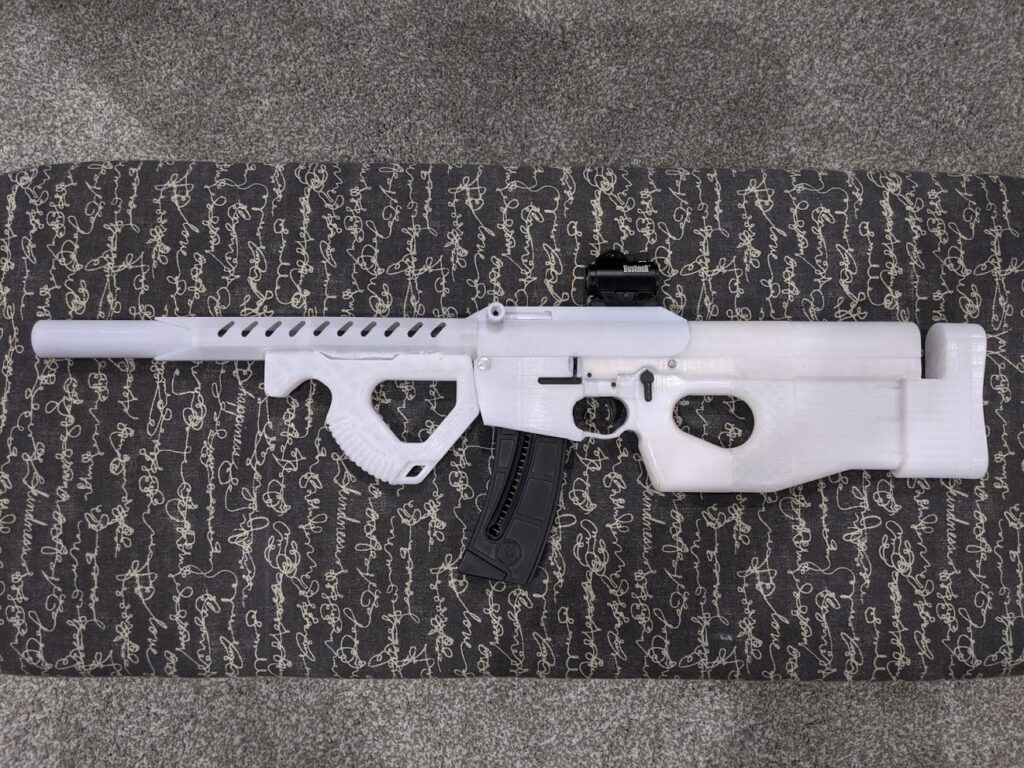
It’s almost certain that printed ARs will continue to be developed as time goes by. AR-15s, AR-10s, AR-9s, and other variants will be more thoroughly developed over time. More ways to convert them to full auto are becoming prevalent, like the Yankie Boogie and its successors. In short, nothing can be done to stop the flood.
How do I make it?
Building* an AR-15 of any type is relatively easy. Almost every AR variant STL is found on the Gatalog or the Print2A repo. There are many variations in instructions for each, so be sure to follow them to the letter. Newer file drops may have better information on printing compared to older ones.
What you can’t build, you can buy, at least in America. AR-15 parts are exceedingly cheap, and Palmetto State Armory is typically preferred by many builders for their quality at a low price.
As always, tune in next week for more Homebuild History!
*Legally, of course. Laws don’t stop you from building this, but we at 3DGunBuilder encourage readers to follow all legal guidelines. If you can’t make this in your state or country, please don’t try to. Just remember that this is here for educational and research purposes only.


